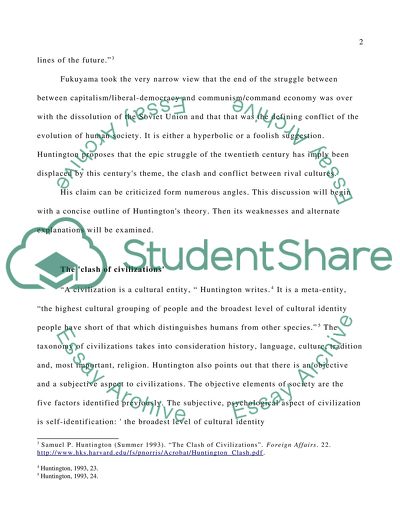Cite this document
(The Evolution of Human Society Literature review, n.d.)
The Evolution of Human Society Literature review. Retrieved from https://studentshare.org/sociology/1574389-module-title-construction-of-race-in-polotics
The Evolution of Human Society Literature review. Retrieved from https://studentshare.org/sociology/1574389-module-title-construction-of-race-in-polotics
(The Evolution of Human Society Literature Review)
The Evolution of Human Society Literature Review. https://studentshare.org/sociology/1574389-module-title-construction-of-race-in-polotics.
The Evolution of Human Society Literature Review. https://studentshare.org/sociology/1574389-module-title-construction-of-race-in-polotics.
“The Evolution of Human Society Literature Review”. https://studentshare.org/sociology/1574389-module-title-construction-of-race-in-polotics.


